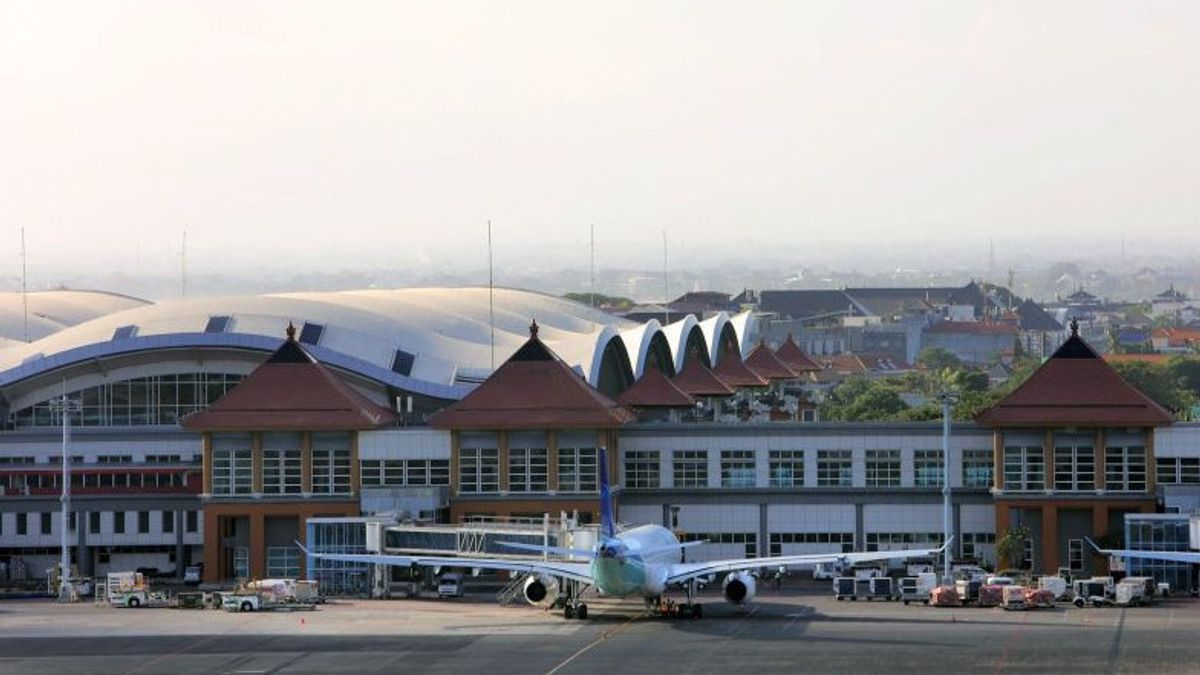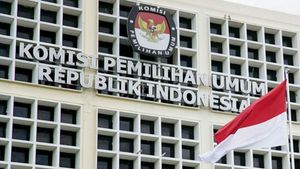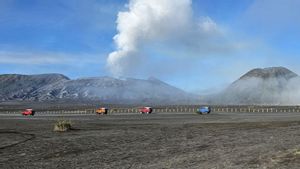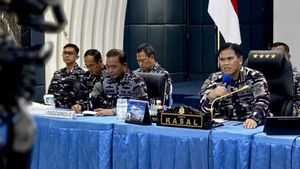JAKARTA - PT Angkasa Pura I (Persero) together with the Meteorology, Climatology and Geophysics Agency (BMKG) are strengthening the disaster mitigation system at Bali's I Gusti Ngurah Rai Airport through the installation of an earthquake and tsunami information receiving system or the New Generation Warning Receiver System (WRS).
"As the airport manager, Angkasa Pura I has prepared mitigation if an emergency occurs through the Airport Disaster Management Plan (AMDP). The presence of the New Generation Warning Receiver System will strengthen the existing disaster management & evacuation system", said AP I President Director, Faik Fahmi, as reported by Antara on Thursday, February 17.
Faik Fahmi said New Generation Warning Receiver System was integrated into the Airport Operation Command Center (AOCC) at I Ngurah Rai Airport.
The integration of this system allows the public and all airport service users to know of an earthquake and a potential tsunami in less than 5 minutes.
"I Gusti Ngurah Rai Airport in Bali, which is close to the coastline, cannot be separated from the risk of earthquake and tsunami disasters", he said.
In addition to AMDP, Bali's I Gusti Ngurah Rai Airport also has an Airport Emergency Committee (AEC) consisting of relevant stakeholders such as the Airport Authority, TNI (Indonesian Army), Airnav Indonesia, local regional police, airlines, immigration, quarantine, and ground handling will carry out the mitigation and evacuation process according to their respective functions in the event of an emergency or disaster.
I Ngurah Rai Airport in its construction has been designed to withstand earthquakes and has taken into account disaster conditions. If a tsunami does occur, the evacuation route to the courtyard area and tall buildings can be used as a temporary evacuation site for the entire community, passengers, business partners, and airport staff.
"We really appreciate the support of the BMKG to further strengthen the disaster mitigation system at Bali's I Gusti Ngurah Rai Airport, which is currently starting to return to serving international flights regularly & preparing to support the implementation of the G20 Summit in Bali", he said.
VOIR éGALEMENT:
For information, Ngurah Rai Airport has a capacity of 57 parking stands and has a runway dimension of 3,000 MX 45 m & can serve the largest aircraft such as the Boeing B-747 and the heaviest Boeing B-777.
The area of the International Terminal reaches 126,205 square meters and the Domestic Terminal reaches 67,884 square meters.
I Gusti Ngurah Rai Airport in Bali has various facilities such as Check-in Counter with a total of 194 units, Self Check-in Counter as many as 14 units, Boarding Pass Scanner as many as 24 units, Autogate Immigration as many as 16 units, Immigration Counter as many as 64 units, Visa on Arrival Counter as many as 20 units, 12 units of Baggage Claim Conveyor Belt, 30 units of Aviobridge, Parking Building, Hotel, Office, General Aviation Terminal and VVIP Building.
In the period before the COVID-19 pandemic, Ngurah Rai Airport was able to serve up to 24.1 million passengers per year with passenger traffic on international routes reaching 13.8 million passengers.
Meanwhile, aircraft traffic in 2019 reached 163,623 movements per year with international aircraft traffic reaching 73,886 aircraft movements.
The English, Chinese, Japanese, Arabic, and French versions are automatically generated by the AI. So there may still be inaccuracies in translating, please always see Indonesian as our main language. (system supported by DigitalSiber.id)
















